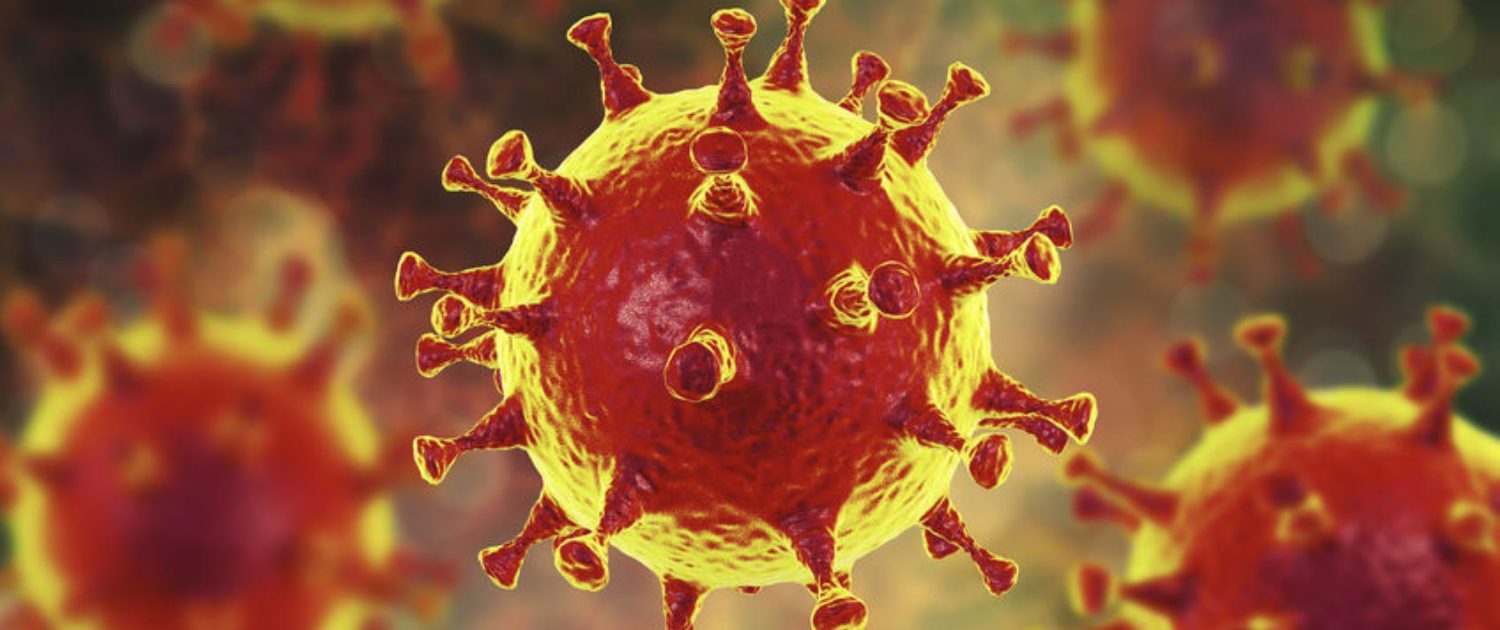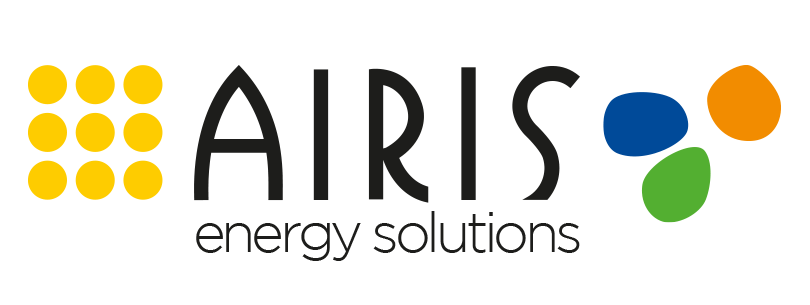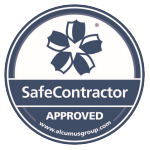
Air Purifiers and COVID-19
Exposure to air pollutants and respiratory diseases is an ongoing problem for the NHS and public healthcare services worldwide. Indoor and outdoor, the presence of toxic particles, fumes or pathogens in the air contributes to poor health, extended work absences and early deaths.
According to the World Health Organisation (WHO), influenza, together with the various viruses that cause it, is responsible for around 290,000 and 650,000 premature deaths worldwide each year.
SARS-CoV-2, the coronavirus that causes COVID-19 (Coronavirus Disease 2019) and the various pandemics that have occurred in the 20th and 21st centuries have had a significant impact on global mortality.
Transmission
With SARS-CoV-2 a great deal of focus has been given to identifying routes of transmission and thus, which methods should be considered to control and slow the spread of infection.
Evidence suggests that transmission of the virus occurs both in situations of direct contact and in close or even indirect contact with an infected person. Saliva or respiratory secretions, as well as droplets (with diameters of 5-10 µm) exhaled in breathing, coughing, sneezing or talking and singing are the primary means of transmission.
A significant number of cases of aerosol transmission have also been observed. These are very small droplets, with diameters less than 5 µm, which are expelled during breathing and can remain suspended in the air and move with it for several hours. Some studies suggest that the viral load in aerosols is higher than in droplets or particles, thus highlighting the transmission potential of this route.
Analysis of numerous studies, suggests that the degree of contamination in indoor environments is much higher than outdoor infections.
Air Purification
Taking the above into account, it could be argued that many respiratory diseases could be prevented by improving air quality and controlling unhealthy air, particularly in indoor scenarios.
As such, SolfixAir (the suppliers of our air purifiers), were interested in knowing the degree of reduction of pollutants, specifically coronavirus, in a closed compartment using their photocatalytic purifier.
Study
In order to determine these factors, a study was commissioned using feline coronavirus (FcoV) as a surrogate of SARS-CoV-2. FCoV is a safe virus that is used in in vitro research to study coronavirus properties, including physicochemical resistance and therapeutic strategies.
The study was conducted at Ceit’s (Centro de Estudios e Investigaciones Técnicas) facilities in San Sebastian, with the collaboration of professionals from the Clínica Universidad de Navarra (CUN) and the Universidad de Navarra in Pamplona.
Conclusions
After tests carried out to evaluate the effectiveness of the SOLFIX AIR SF0P001 equipment, the following conclusions were reached:
- The virus was nebulized, keeping it active, although 50% of the virus was lost in the process.
- It was estimated that only 15% of the nebulised virus was suspended in the air of the test bench before being sucked into the machine. Thus reducing significantly the virus concentration to be evaluated.
- The SOLFIX AIR SF0P001 equipment completely reduced the concentration of FCoV as a surrogate of SARS-CoV-2 in one minute in the given conditions.
Reports
For the full report and sources for the claims made in this article, please take a look at the following downloads:
- Analysis of the germicidal effect of the SOLFIX AIR SF0P001 machine against feline coronavirus as a surrogate of SARS-CoV-2
- Chemical and biological analysis report for the SOLFIX AIR
Applications
As the above reports demonstrate, air purifiers can be effective in reducing the presence of toxic particles, fumes or pathogens in the air. From an employer perspective therefore, this technology could be an effective tool in cutting sick days and thus improving productivity.
Further applications in clinical and care environments could help to minimise transmission and thus cut ongoing workload.
Why not contact our team for a further discussion.





